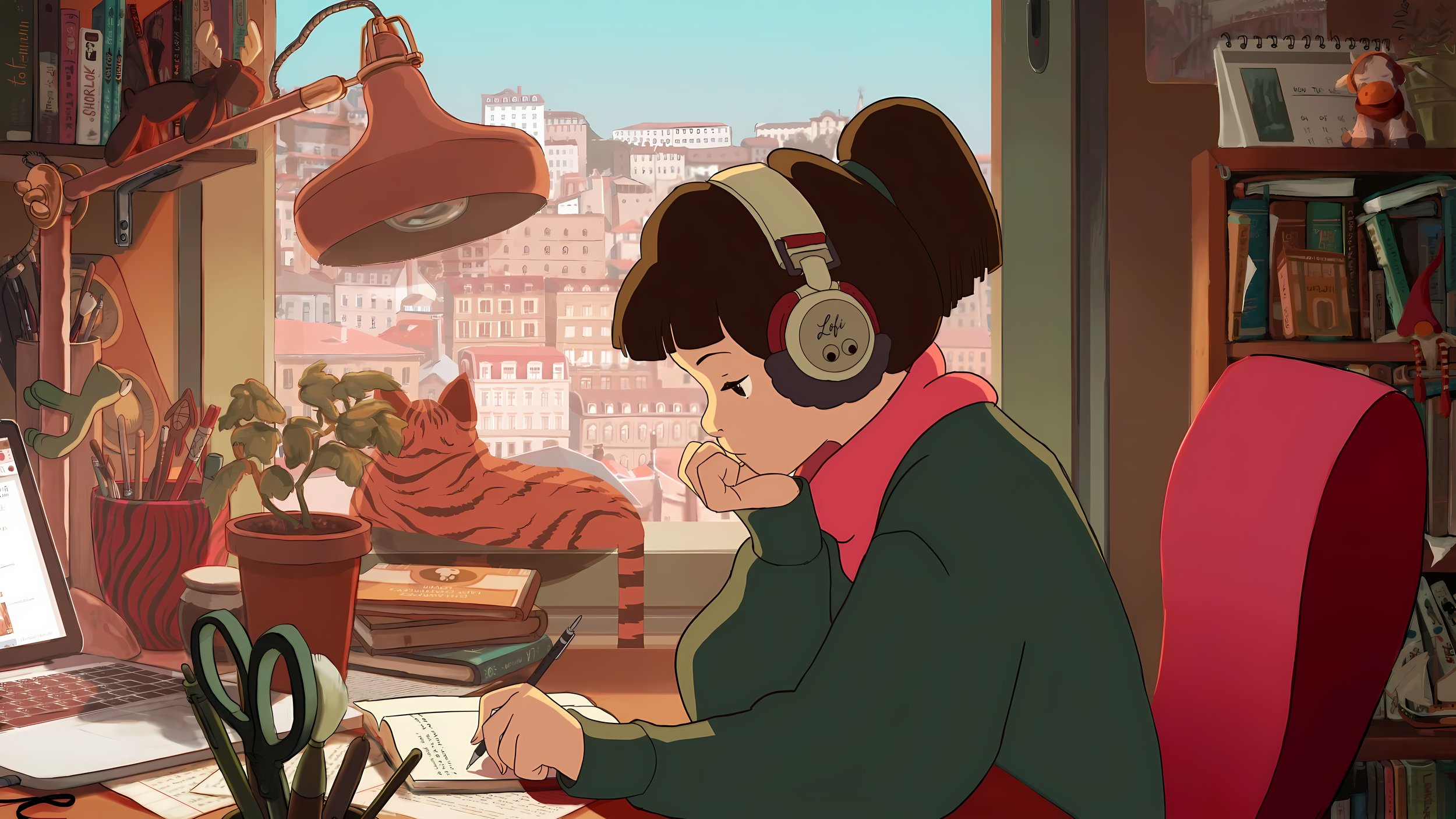dreamabodefinder.com – “Bohemian Rhapsody” by Queen is one of the most iconic songs in the history of rock music. Released in 1975 as the lead single from their album A Night at the Opera, the song quickly became a cultural phenomenon, captivating listeners with its unconventional structure, operatic influences, and unique blend of rock genres. But its influence extends beyond music—its impact on pop culture, music video production, and its enduring legacy in both the rock and wider music landscape make it a true masterpiece.
The Unlikely Genesis of an Epic
Written by Queen’s lead vocalist and lyricist Freddie Mercury, “Bohemian Rhapsody” was an audacious gamble from the start. At a time when pop singles were often around three minutes long, “Bohemian Rhapsody” ran a staggering 5 minutes and 55 seconds, a length that was far from radio-friendly. The song itself defied genre, blending elements of rock, opera, ballad, and hard rock in ways that had never been attempted before.
Freddie Mercury, always the bold and imaginative artist, had no fear of pushing boundaries. He spent weeks on the composition, with various segments that seemed disjointed yet somehow connected—balladic verses, operatic harmonies, and a heavy rock middle section. The song’s lyrics, a mix of abstract imagery and emotional vulnerability, led to widespread speculation about their meaning. Mercury himself always maintained that the song was not about anything in particular, though fans have continued to debate the song’s deeper meanings.
A Production Triumph
The song’s production process was equally groundbreaking. Queen worked with legendary producer Roy Thomas Baker and spent weeks recording the track at Rockfield Studios in Wales. The operatic sections, in particular, were a technical marvel for the time. The band members—Mercury, guitarist Brian May, drummer Roger Taylor, and bassist John Deacon—employed multi-tracking techniques, recording hundreds of layered vocals to create the lush choral effects. These layers created a sense of grandeur and theatricality that was unheard of in mainstream rock.
One of the most remarkable aspects of “Bohemian Rhapsody” is its blending of seemingly disparate styles. The operatic middle section—complete with multi-part harmonies, references to classical opera, and even the famous line “Scaramouche, Scaramouche, will you do the Fandango?”—defied expectations. Yet it never felt out of place, transitioning seamlessly into the hard-rock anthem finale. The song’s sheer unpredictability and stylistic shifts were unheard of in pop music at the time.
The Song’s Cultural Impact
Upon its release, “Bohemian Rhapsody” became an immediate commercial success, reaching No. 1 on the UK charts and staying there for nine consecutive weeks. In the United States, it reached No. 9 on the Billboard Hot 100, but it would go on to enjoy an extended legacy, topping the charts again after Freddie Mercury’s death in 1991, and after its inclusion in the blockbuster film Wayne’s World in 1992.
One of the most striking aspects of the song’s success is the way it transcended the rock genre, capturing the imagination of audiences from all walks of life. It became a pop-culture staple, with fans and musicians alike regularly referencing its soaring harmonies and intricate structure. The song was played across radio stations, featured in movies and television shows, and became a favorite at karaoke nights.
The release of the music video for “Bohemian Rhapsody” in 1975 was also a turning point for the music industry. The video featured striking visuals of the band, using groundbreaking techniques for its time, including the use of mirror effects and close-ups of the band’s faces to emphasize the operatic, dramatic tone of the song. It is often credited as one of the first true “music videos” that helped pave the way for the MTV era.
Themes and Interpretations
Despite Freddie Mercury’s assertion that the lyrics are somewhat nonsensical and open to interpretation, many listeners have attempted to find meaning in the song’s cryptic words. Some suggest that the lyrics describe Mercury’s internal struggle with his identity, guilt, and eventual acceptance of his fate. Others have speculated that the song tells the story of a young man who confesses to committing murder and faces the consequences of his actions.
The recurring refrain of “Galileo, Galileo” (a reference to the famous Italian scientist) and the name “Scaramouche” (a character from Italian commedia dell’arte) add a sense of grandeur, elevating the song to the realm of operatic theater. Whether it’s a tale of existential crisis, a metaphorical exploration of the soul, or simply a dramatic narrative pulled from Mercury’s vivid imagination, the brilliance of “Bohemian Rhapsody” lies in its ambiguity, inviting listeners to create their own interpretations.
A Lasting Legacy
More than four decades after its release, “Bohemian Rhapsody” continues to captivate audiences around the world. Its place in rock history is secure, but its cultural impact has only grown. The song was inducted into the Grammy Hall of Fame and frequently ranks among the greatest rock songs of all time. The band’s 1991 music video release of “Bohemian Rhapsody” earned a place in the Rock and Roll Hall of Fame, cementing its status as a seminal work of music artistry.
In 2018, the release of the biographical film Bohemian Rhapsody further renewed interest in the song and in Queen’s remarkable career. The film, which dramatizes Freddie Mercury’s life and the rise of Queen, brought the song to a new generation of fans, many of whom were discovering its magic for the first time.
“Bohemian Rhapsody” is more than just a song. It’s a musical journey—a bold artistic statement that challenges the very definition of what a rock song can be. Queen’s daring to defy convention with this track has made it a timeless classic, and Freddie Mercury’s indelible voice and vision continue to resonate with listeners across the globe.
Conclusion: A Masterpiece That Will Never Fade
From its operatic structure to its hard-rock finale, “Bohemian Rhapsody” remains a testament to Queen’s fearless creativity and Freddie Mercury’s extraordinary musical genius. Its lasting impact, both as a song and as a cultural touchstone, makes it more than just a hit—it’s a revolutionary piece of music history that will continue to inspire, entertain, and bewilder audiences for generations to come.
“Bohemian Rhapsody” is not just a song, it’s a piece of art that reminds us of the boundless possibilities of music.





